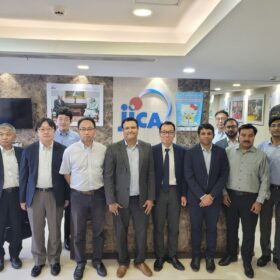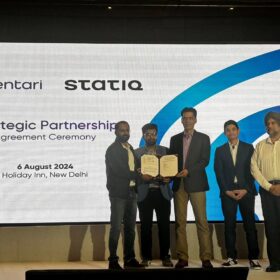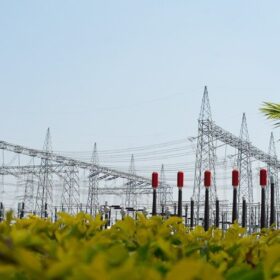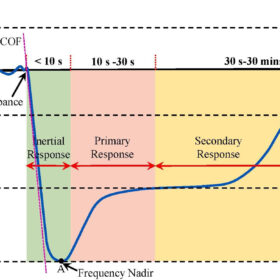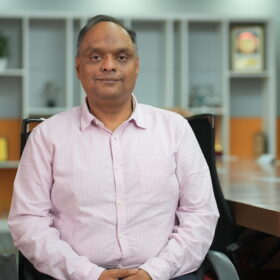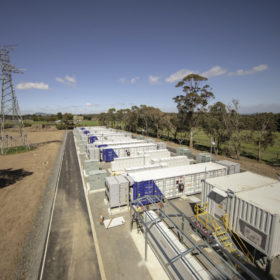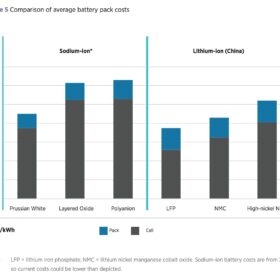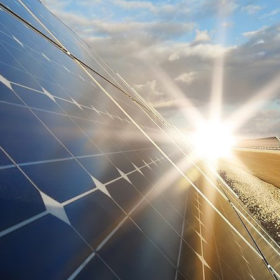Advait Infratech net profit rises 300% yoy in Q1
Advait Infratech has reported a net profit (profit after tax) of INR 583.16 lakh in the April-May-June quarter of FY 2024-25, around 300% increase over INR 146.48 lakh profit for the corresponding period of the last fiscal.
The Hydrogen Stream: Hygenco signs MoU with Mitsubishi Power for green hydrogen-fired GTCC power plants
Hygenco Green Energies and Mitsubishi Power have joined hands for delivering green hydrogen-/ammonia-fired gas turbine combined cycle (GTCC) power plants. Hygeno will develop and deploy green hydrogen and green ammonia production assets to supply green fuel for Mitsubishi Power’s GTCC technology to the potential customers.
Gentari Green Mobility launches app for EV charging, home solar solutions
The Gentari Go app allows users to discover and access EV charging stations effortlessly. The app users can also explore, consult and book solar installations for their homes.
Adani Energy Solutions raises $1 billion via QIP route
Adani Energy Solutions Ltd will utilize the proceeds for building the bulk evacuation corridors for renewable power, smart metering business, debt repayment, and general corporate purposes.
New battery sizing approach for virtual synchronous generators, control-based grid-forming inverters
A group of researchers in Australia has outlined a new methodology to determine the minimum power rating of energy storage systems (ESSs) used for emergency under-frequency response. The ESS size must be calculated to maintain the frequency within the standard operating range.
Thermax exploring green hydrogen production through biomass, electrolysis routes
Thermax, which partnered with Australia’s Fortescue Future Industries (FFI) last year, is looking at different ways of green hydrogen generation for commercial and industrial customers in India.
Can the grid cope with the surge in electricity demand?
The grid needs to modernize to meet a booming demand for electricity, which is only predicted to grow even further in coming years. IEC Standards are key to help with the transition.
Attero launches e-waste consumer take-back platform
Attero, India’s largest e-waste recycler and the world’s largest li-ion battery recycling company, has launched an integrated electronic waste (e-waste) consumer take-back platform– Selsmart. Through Selsmart, it targets an annual recurring revenue of INR 1,000 crore by the third year with e-waste collection of 140,000 metric tonnes.
India can leverage its solar and storage edge to avoid power shortages
Large-scale solar + storage deployment is the main option left to avoid power shortages, as they can be deployed much faster than new thermal and hydro assets. Recent gigawatt-scale solar + storage auction results, with a record low price of INR 3.4/kWh, show that such deployment will be highly economical, says a new study from the University of California’s India Energy and Climate Center.
Advait Infratech sets up hydrogen tech subsidiary in India
Advait Infratech’s wholly owned subsidiary, A&G Hydrogen Technologies, will engage in the manufacturing and assembling, integral supplies, and trading of equipment to meet the requirements of green ammonia, green hydrogen and green methanol projects.

